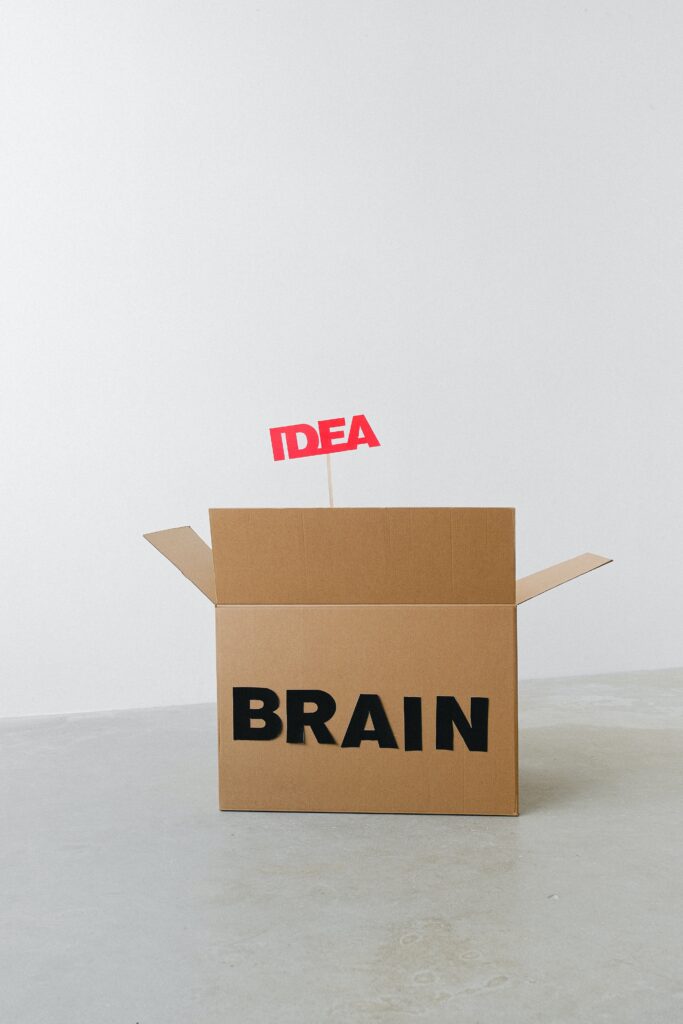What is CBT
The ever-popular cognitive behavioral therapy often times appears on many therapists’ specialty pages–which is probably why you are here. But what is it? Everyone, and I mean everyone advertises that they can do it!
Well, I’ll let you in on a little secret: every therapist at least in the US is trained in CBT in grad school. Why this is and my opinions on it may be much more complex questions than I have time to cover in this article, but I am happy to tell you what exactly this ever-present therapy modality is.
Broken down, cognitive is referring to what your brain has the ability to do. Behavioral means, of course, your behaviors. And finally therapy meaning changing or rehabbing. So put it all together and we get using your brain’s own tools to change your behaviors/actions.
But how do we do this? Let’s look at how your feelings, thoughts, and behaviors influence each other.

Thoughts, Feelings, and Behaviors
In CBT there is a concept called the “CBT triangle”. This is a triangle made up of three points–your feelings, thoughts, and behaviors. The idea is that when you feel something, your thoughts tend to follow your feelings, which can make you behave in a certain way.
What it Looks Like
An example of this may be as follows:
You get your science test back at a 75% in school. When you studied you were hoping that you would get at least a 90%. Scoring the 75% makes you feel upset that you put all of that time into studying for the test but got a 75%. Because you feel upset about your 75%, you begin to think that you may be stupid or that no amount of studying can get you to a 90%. You also may begin to think farther into the future about college or even work.
How are you supposed to get into college if you don’t score high in your classes? Maybe you should just stop trying. As a result, you stop studying altogether in all of your classes, which causes your other grades to drop. Because your grades dropped, you feel even more upset about your abilities in school. Because of this, you sink deeper and deeper into the self-deprecating thoughts about your abilities in school.
The Cycle and How to Control It
Can you see where in this example your emotions from the bad test score influenced your thoughts to be negative towards yourself? Also, when your thoughts began to be more and more negative, you slowly stop studying for other subjects because your believe that you won’t succeed no matter what you do. Because of this all of your other classes struggle.
These cycles are common in everyone’s life to varying degrees. The way to fix the cycle is to 1. identify it and 2. identify the feelings underneath all of the thoughts and behaviors. My belief is that most of us can access our emotions through our thoughts and behaviors out of the gate in therapy. If you can identify your emotions under your behaviors and thoughts, you can disrupt the cycle by challenging the thought or using a skill to sit with and accept your emotions in the moment.
What CBT can do for You
If you struggle to understand how the CBT triangle works, don’t worry it’s a lot easier with a therapist who can help you in the moment identify potential emotions under your thoughts and behaviors.
With CBT you can gain a better understanding of how you tend to cycle in your depressive or anxious thoughts and feelings. It can also help you explain some of your behaviors that may be difficult to understand–especially self-harming or deprecating behaviors.

All I will say is get ready to challenge your current way of thinking about your thoughts and feelings if you choose to find a practitioner that uses CBT primarily. Remember, the point of CBT is the therapy part–you need to not only understand your thoughts and feelings, but change them to work for you.
If you want to learn more about CBT and online mental health counseling, feel free to reach out using my contact form!
References
https://www.apa.org/ptsd-guideline/patients-and-families/cognitive-behavioral
